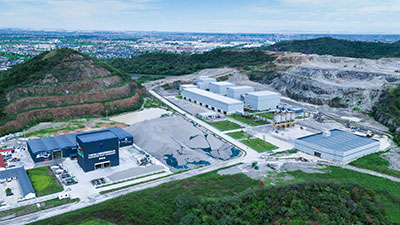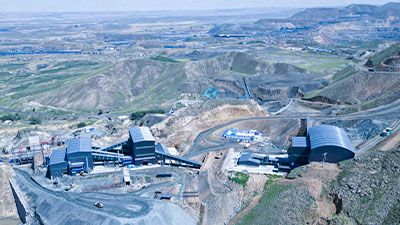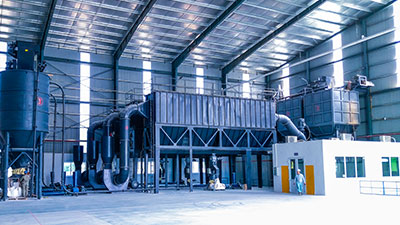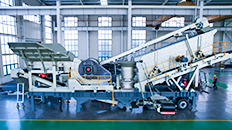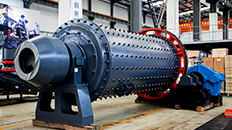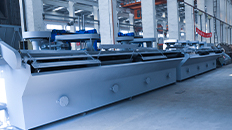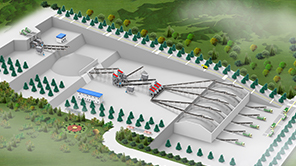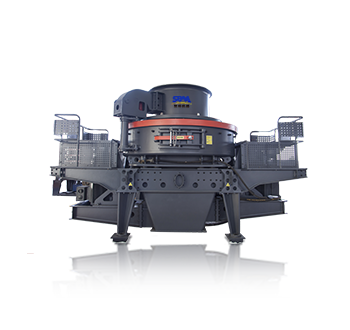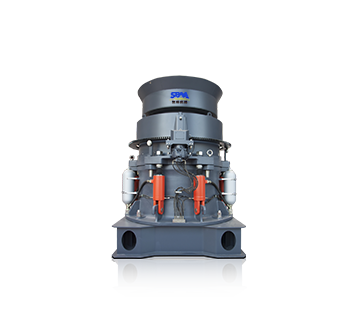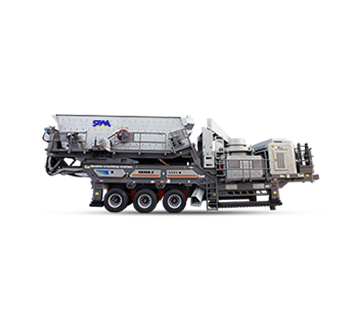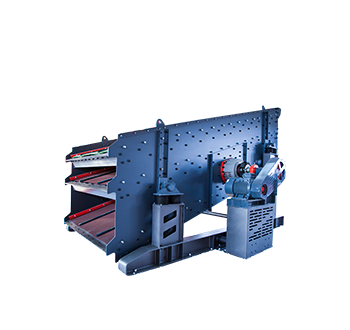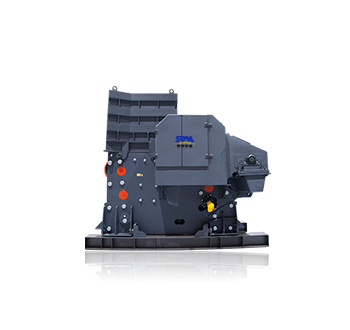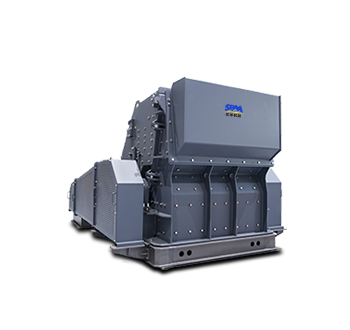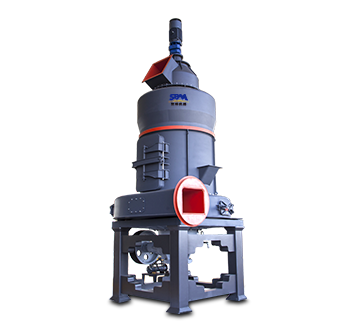Summary:Learn how to solve vibrating screen mesh blinding, wear, load imbalance, insufficient screening capacity, and noise and vibration issues.
Vibrating screen is widely used in various industries for efficient particle separation and sizing. However, like any mechanical equipment, vibrating screen can encounter several issues that affect their efficiency and performance.
In this article, we will discuss five valuable tips and solutions to address common vibrating screen problems, ensuring optimal operation and prolonging the equipment's lifespan.



1. Screen Blinding and Clogging
Problem: Screen blinding occurs when particles stick to the screen openings or when moisture causes fine particles to stick together, blocking the openings. Clogging, similarly, involves larger particles becoming lodged in the screen openings.
Solution: To combat blinding, consider using screen cleaning devices such as sliders, ball trays, or ultrasonic deblinding systems that can keep the screen openings clear. For clogging, ensure your screen is correctly tensioned and consider using screens with self-cleaning properties, like those with tapered openings.
2. Wear and Tear
Problem: Continuous operation and material contact can lead to wear and tear on the screen, reducing its lifespan and effectiveness.
Solution: Regular inspection and maintenance are key. Look for signs of wear and replace worn parts promptly. Using high-quality, durable screen materials can also extend the life of your vibrating screen. Additionally, consider using screen protectors or liners to minimize direct impact.
3. Unbalanced Loads
Problem: An unbalanced load can cause poor separation, excessive vibration, and potentially damage the vibrating screen structure.
Solution: Ensure that the feed is evenly distributed across the entire width of the screen. Adjust the feed chute or use a distribution feeder to achieve a balanced load. Regularly check and maintain the vibration motors or exciters to ensure they are operating correctly and symmetrically.
4. Insufficient Screening Capacity
Problem: The screen might not be able to handle the volume of material, leading to bottlenecks and reduced efficiency.
Solution: Evaluate the screen’s size, design, and the mesh size to ensure they match the application requirements. Upgrading to a larger screen or a model with a higher frequency and amplitude might be necessary to increase throughput. Additionally, optimizing the feed rate can help manage the load more effectively.
5. Noise and Vibration Issues
Problem: Excessive noise and vibration can be indicative of problems with the screen or installation issues, and they can also create an uncomfortable working environment.
Solution: Ensure the vibrating screen is securely mounted and isolated using proper damping materials to reduce noise and vibration transmission. Regularly inspect the screen and mounting frame for loose bolts and structural integrity. Adjusting the operating frequency and amplitude can also help minimize excessive vibration.
Vibrating screen is pivotal in many industrial processes, and their efficiency directly impacts production quality and throughput. By addressing common issues such as screen blinding, wear and tear, unbalanced loads, insufficient screening capacity, and noise and vibration, you can significantly improve the performance and longevity of your vibrating screens. Regular maintenance, coupled with strategic upgrades and adjustments, will ensure your screening operations are both effective and efficient.

